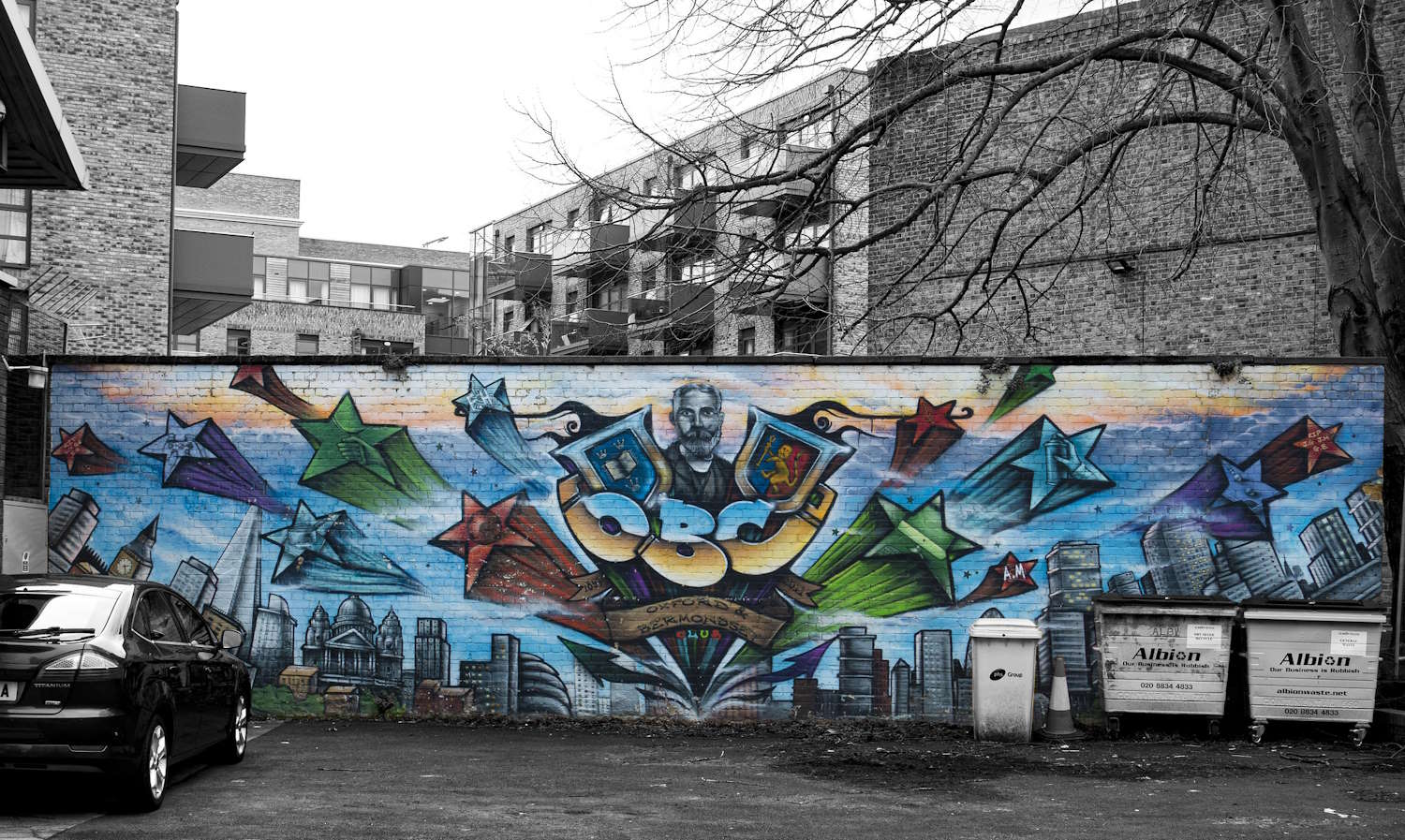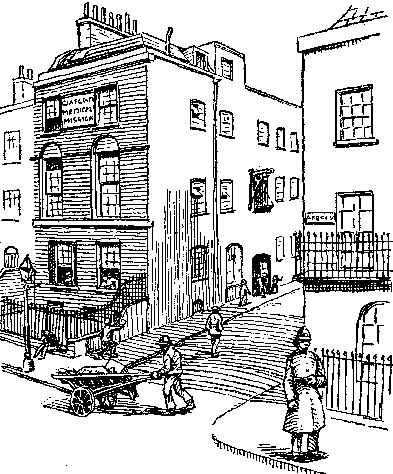134 Abbey Street, Bermondsey – and early home of the Mission and the Oxford and Bermondsey Club
A group of ‘Oxford men’ who were to have a significant impact on youth work, social policy more generally, and the church. We introduce some key figures.
John Stansfeld (‘The Doctor’) founded the Oxford Medical Mission in Bermondsey in 1897. He is reported as calling upon people to ‘Come and live the crucified life with me in Bermondsey’ (Baron 1952: 29). A special group of men from Oxford colleges responded. We review his life, the early history of the work and feature three people who responded to his call. The mission was later known as the Oxford and Bermondsey Club. Others associated with the work in the first two decades of the twentieth century included William Temple and Geoffrey Fisher (both, later, Archbishops of Canterbury), Basil Henriques and Reg Goodwin who both became central figures in the boys’ club movement (Goodwin also became leader of the Greater London Council) and Barclay Baron and Hubert Secretan (both key figures in the organization of Toc H).
Alexander Paterson is now remembered as a prison reformer, however, he was also a key figure in the establishment of TOC H and an influential figure in boys’ club work. Paterson’s book Across the Bridges (1911) was also an important exploration of poverty and social conditions of the dockland districts of South London.
Waldo McG. Eagar was warden of the Club for a number of years after the First World War. He became a key figure in the establishment and development of the National Association of Boys’ Clubs. He also wrote the definitive history of the movement and a substantial part of classic – The aims and purposes of the boys’ club movement.
Philip (‘Tubby’) Clayton was Vicar of All Hallows by the Tower. However, he was best known for his work initially as an army chaplain during the First World War and in particular the establishment of Talbot House a unique place of rest and sanctuary for British troops. After the war the spirit and intent of Talbot House became expressed through the Toc H movement. Before the war Clayton was involved in the work of what we now know as the Oxford and Bermondsey Club, and both Alec Paterson and Barclay Baron (who had both been a resident and warden of the Mission) played important roles in the development of Toc H.
Reference:
Baron, B. (1952) The Doctor. The story of John Stansfeld of Oxford and Bermondsey, London: Edward Arnold.
Acknowledgement: The picture of the parking area next to the current Oxford and Bermondsey Club is by Simon. Flickr | CCby4Deed

